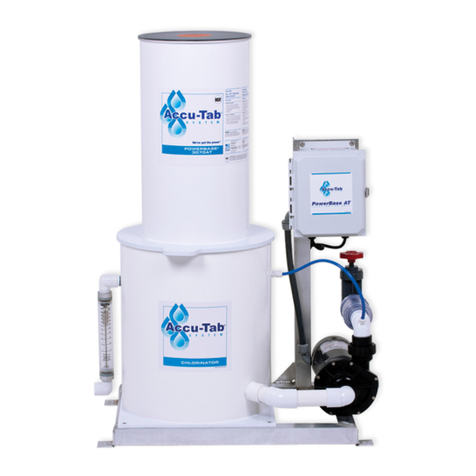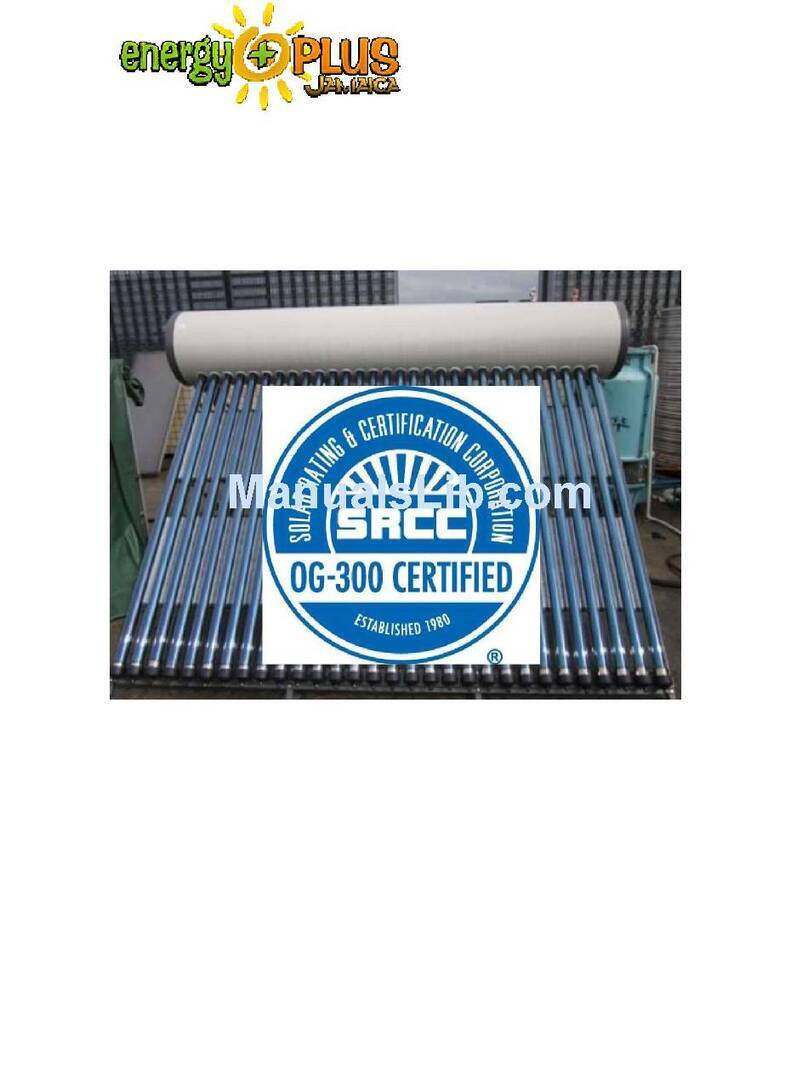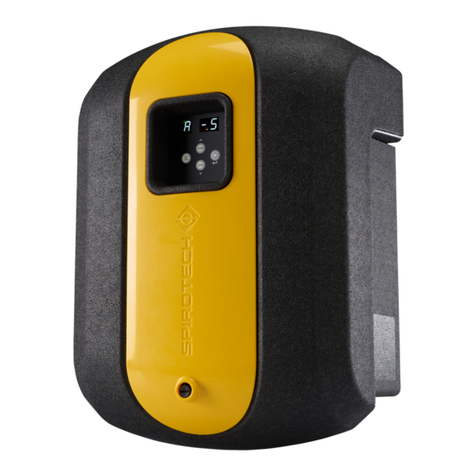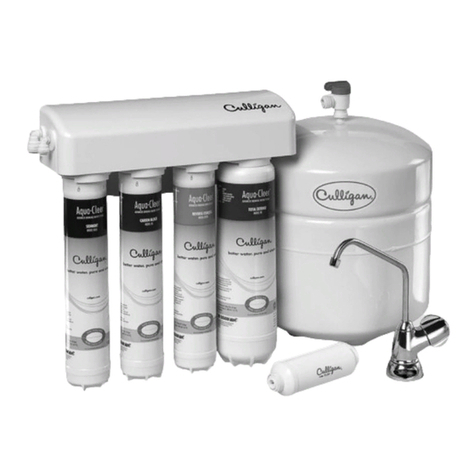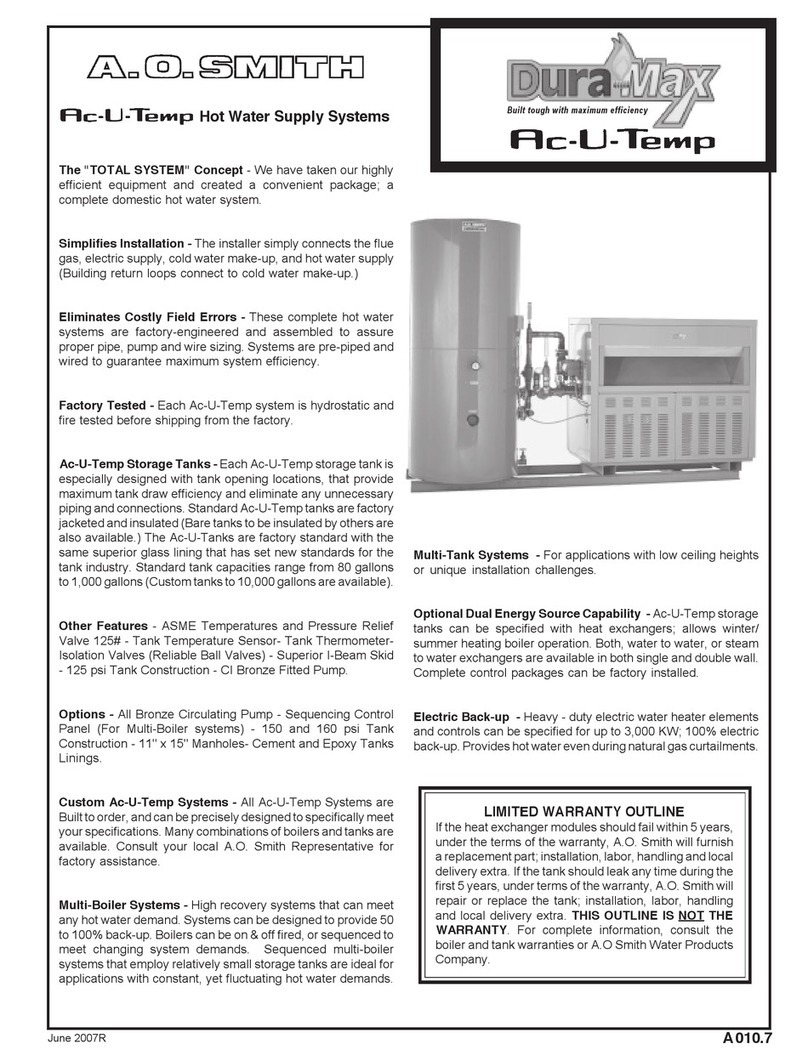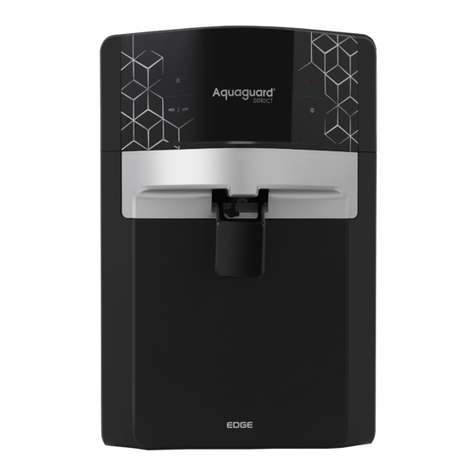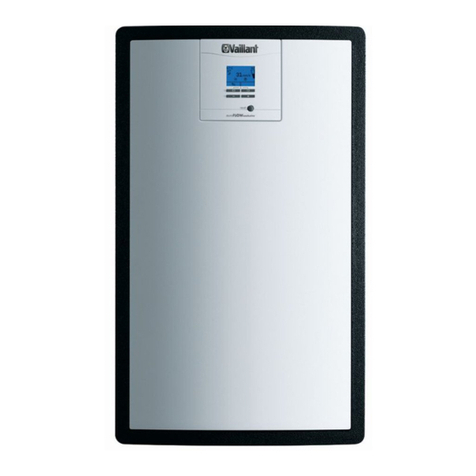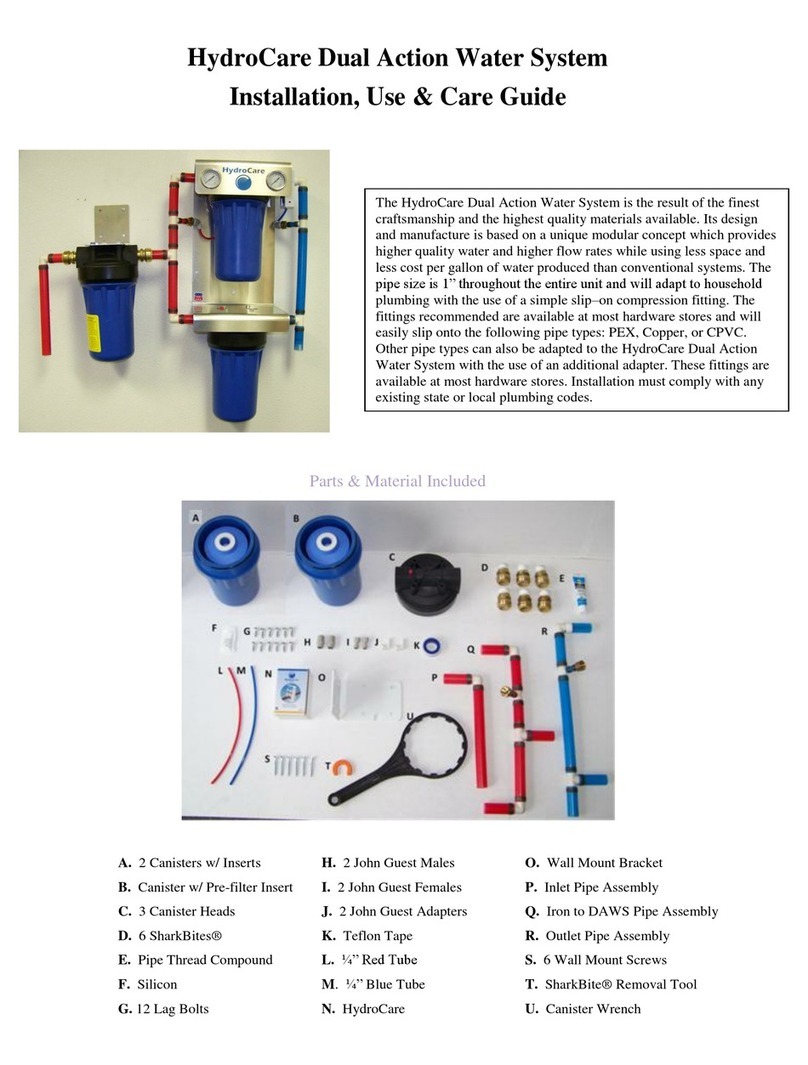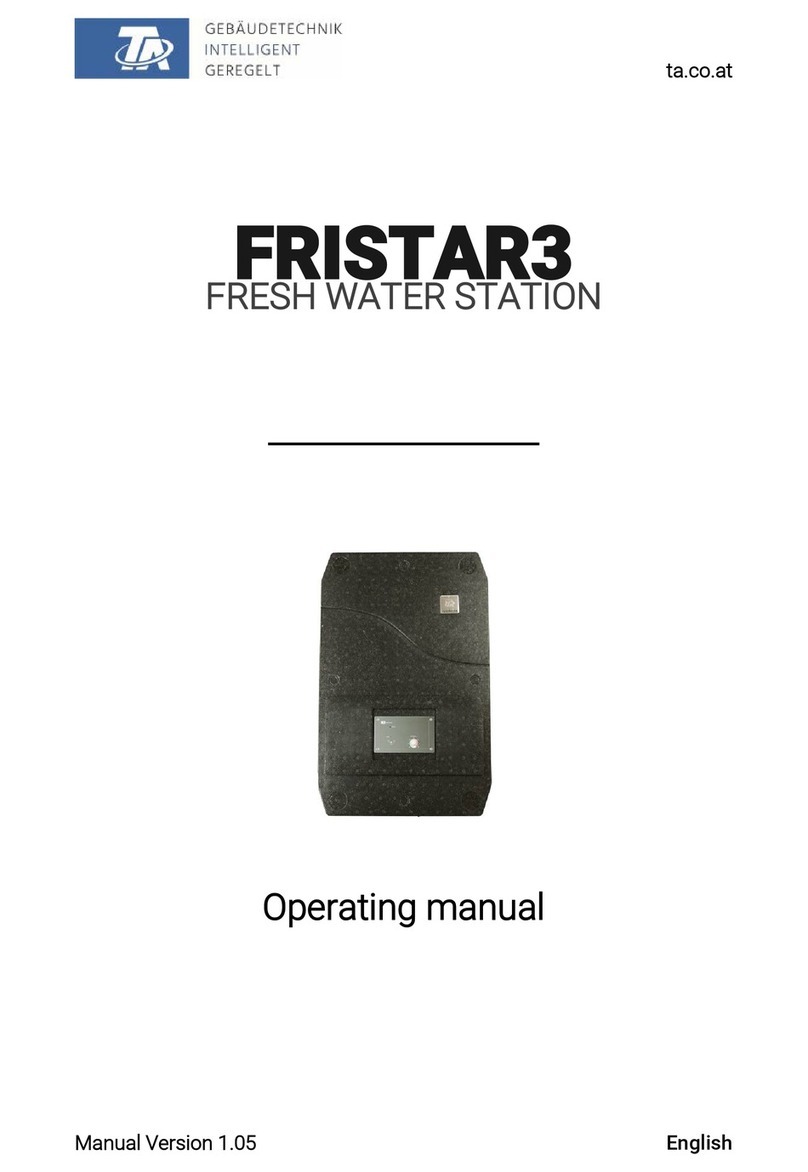
OVSOL System 5
This manual provides installation instructions for OVSOL-5 evacuated tube collectors and the OVSOL System 5
(model: OV-S5) solar domestic hot water heating system. The OVSOL System 5 solar energy system described
in this manual, when properly installed and maintained, meets the minimum standards established by SRCC.
The OVSOL System 5 includes the OV-5 16 tube evacuated tube collector, the SC 80 gallon solar storage tank,
and the Regusol 130 EL pumping and control station.
This certification does not imply endorsement or warranty of this product by SRCC.
Planning before the installation and use of the solar collector array should include:
l Solar hot water system design.
l Properly sized solar storage tank.
lProperly sized and insulated solar loop (plumbing circuit).
l An air bleed valve at the highest point in the collector circuit located for convenient access.
lRoof penetrations for piping to and from the collector.
lSystem components for closed loop solar systems—tank, heat exchanger, solar loop circulator,
pressure relief valve, solar controller, expansion tank, fill and drain valves, pressure and temperature
gauges.
lPropylene glycol (antifreeze) to provide protection from frost and high idle mode temperatures of
375°F.
Requirements for each installation should be fully detailed by a system schematic and specifications.
The assembly and installation instructions described in this manual have been carefully prepared. It is very
important to read these instructions thoroughly before proceeding with the collector installation. An effort has
been made to conform procedures in this manual to the specifications of various governmental and agency
solar programs. Also, many programs allow substitution of manufacturer’s standards for program standards. If
this is the case, the enclosed manual can be used to comply with program standards. Cases where it is unclear
whether the enclosed manufacturer’s standards can be substituted for program standards should be brought to
the attention of the particular program administrator or to Oventrop Corporation for clarification.
Be certain to follow all applicable building and safety codes for installations of solar thermal collectors.
Compliance with local codes is essential. Local code requirements must be met for penetrating structural
members and fire-rating assemblies. Collectors and piping must be installed in such a way that the performance
of any structural member or fire rated assembly is not reduced. Be especially aware of safety regulations when
working upon rooftops. It is the buyer’s responsibility to secure all permits and approvals before purchasing and
attempting the installation of this equipment.
Specifications are subject to change without notice.
introduction
1
Installing Contractor
Company________________________________________
Installers name___________________________________
Address_________________________________________
City, State, Zip____________________________________
Phone Number____________________________________
